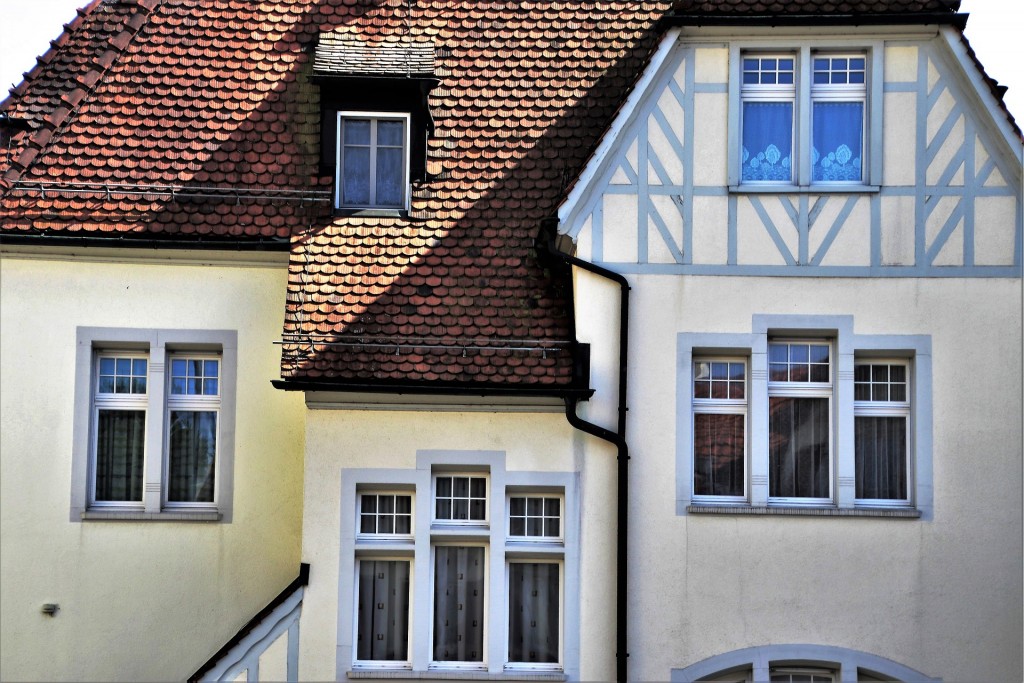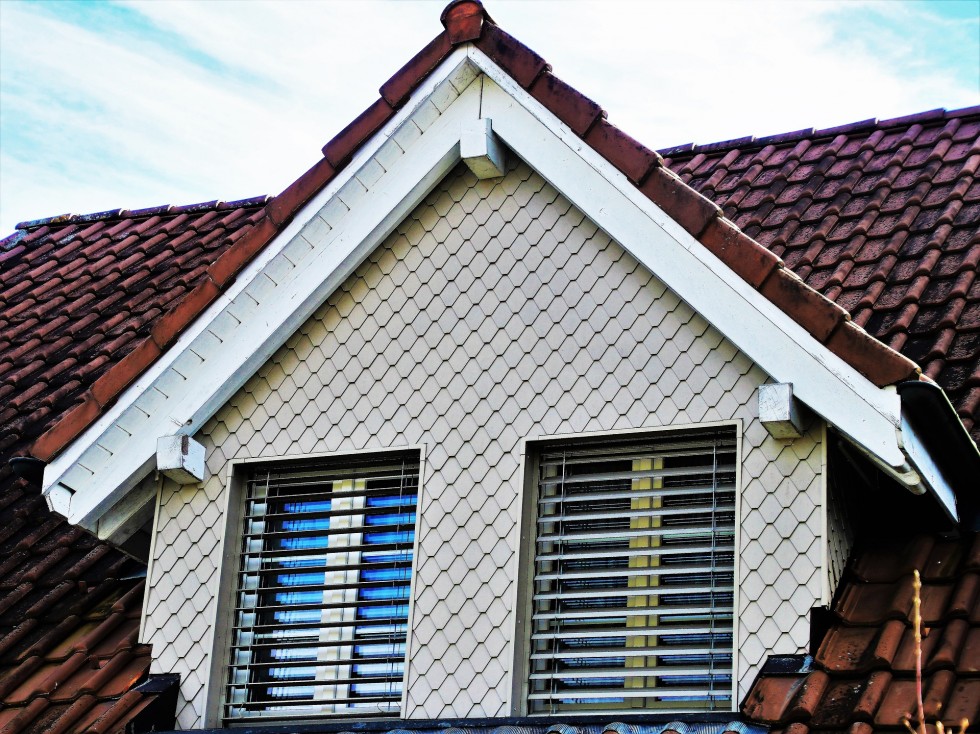Reasons why attic ventilation is necessary
Proper attic ventilation is more essential all year around than average homeowners may imagine. While there’s no universal practice regarding attic ventilation that may be applicable to most houses in the U.S. and the benefits of attic vents are often questioned, one can totally notice the general move towards raising awareness about the importance of attic ventilation and insulation. Energy efficiency specialists and general contractors debunk the common attic vent myths and explain how they function in order to make people’s houses more comfortable both in summer and winter.
However, you may find a lot of controversial points and opinions while researching the attic ventilation issue. For instance, a lot of builders swear by it and insist that it’s unavoidable both in warmer and colder climates. On top of that, a certain level of attic ventilation is included into most lists of house warranty requirements. On the other hand, attic vent opponents stand by increasing attic insulation instead of creating additional weak spots in roofs and letting warm air out during winter. According to them, despite the builder’s arguments, that has nothing in common with advanced energy efficiency or roof maintenance.
Anyways, it’s a common knowledge that roof/attic ventilation is aimed at ensuring proper air flow in people’s houses, preventing the unnecessary heat buildup within the attic area. This way, it reduces air conditioning costs and keeps cooling systems from failing during heat waves in summer. During the winter time, it functions as an easy escape for warm air that penetrates to the unheated attic from the rest of the house and threatens to cause ice dams and roof leaks if accumulated within the attic, but not released into the outside world.
The recent studies proved these energy efficiency features of attic ventilation and established its additional benefits like:
- eliminating attic moisture,
- prolonging the life of asphalt shingles and attic insulation,
- reducing mildew growth that ruins roof’s wooden framing, underlayment, and foam insulation,
- making attics more appropriate for living and storing belongings safely.
Additionally, the latest editions of building codes call for the increased attic insulation and ventilation, serving as another argument in favor of improving attic ventilation. Whether you believe in perfecting attic and roof insulation or ensuring adequate attic ventilation, experts note that it’s definitely better to do both to maintain your house in a better condition.
These tips will help you improve your home’s attic ventilation game, while roofing and HVAC contractors from HireRush.com will always be glad to help you with vent’s installation and other required repairs/upgrades.
Ways to improve attic ventilation
- Installing attic vents is a quick and effective answer to the attic ventilation issue. Rectangular soffit vents are probably the most popular among the homeowners due to their affordability and easy installation even an inexperienced DIYer may perform following the instructions.
- As soffit vents are essentially intake vents, which contribute to better attic ventilation by drawing the air from the outside, they should be used in combination with exhaust vents. Those are designed to release the air to the outside and installed on the rooftops. Therefore, soffit and exhaust vents create the flow of air required for maintaining a dry attic with normal levels of temperature. On the side note, homeowners need to remember to keep the vents clean.
- More is not necessarily better. Insufficient attic ventilation leads to numerous problems, like hot house and attic in summer, higher electricity bills and excessive attic moisture + heat during winter. Unfortunately, vents make roofs more prone to leaks, especially when the caulk used during their installation ages and becomes less effective. Therefore, it’s important to maintain a healthy balance between the energy efficiency and roof safety matters and avoid creating too many roof penetrations by adding too many attic vents. Generally, roofing contractors and builders recommend installing 1 sq. ft. of ventilation per 150 sq. ft. of attic space. But, you should definitely ask an expert to come to your house to assess its needs and determine the perfect number of attic vents for your home.
- Sometimes attic insulation interferes with the adequate operation of soffit vents, blocking the air flow. Baffles installed along with the vents will solve that problem by keeping insulation away from the vent’s rafters, but still maintaining it in place.
- Ridge vents are probably the most effective ones when it comes to attic ventilation, but they’re not that easy to install. These vents go under the entire ridge of the roof, thus they have to be set up carefully and sealed properly not to cause roof leaks and insulation damage. A skilled roofing contractor has to be entrusted with that job. You should not attempt installing them on your own due to the safety reasons and the lack of expertise. Leave your request here
- Seal the gaps around plumbing pipes, electrical boxes, and vents so that your roof and attic remain insulated and ventilated properly.
- Experts share this last secret of effective attic ventilation. They say that installing roof vents higher up on the roof, approximately 15 inches below the peak, promotes better air flow thanks to the so-called chimney effect.







What an insightful read on attic ventilation! The detailed breakdown of the seven methods to improve ventilation is incredibly helpful. Ensuring proper airflow in the attic is essential for maintaining a comfortable home environment and preventing issues like mould and mildew. I particularly appreciated the emphasis on both passive and active ventilation options, catering to different needs and budgets.
Kudos to the team for providing such valuable information!